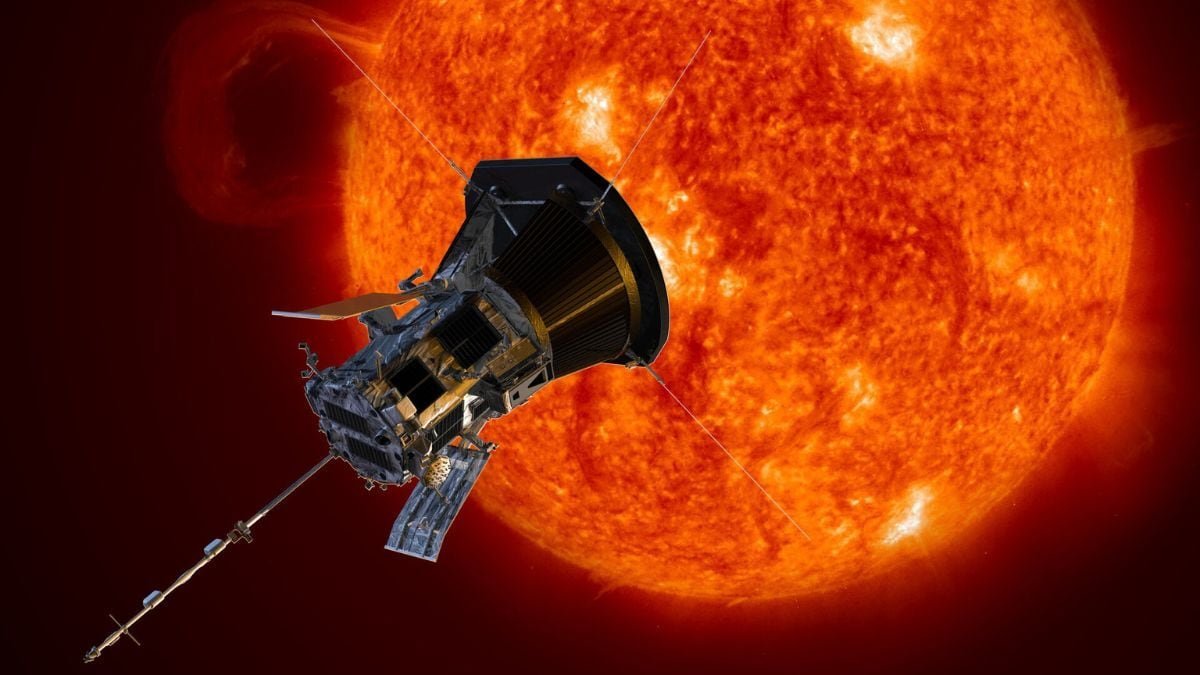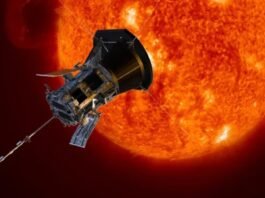Discoveries from the Parker Solar Probe
The Parker Solar Probe, the quickest human-made object, has now accomplished 20 shut passes by the solar. During these encounters, it collected information revealing abrupt reversals within the course of the solar’s magnetic fields, termed “switchbacks.” These switchbacks is perhaps essential in understanding how the corona is heated. Researchers speculate that the vitality launched by these magnetic subject reversals may contribute to heating the corona and accelerating the photo voltaic wind.
Despite the photosphere being nearer to the solar’s core, the place nuclear fusion happens, the corona’s temperature is tons of of instances greater. The Parker Solar Probe’s information has proven that switchbacks are frequent within the photo voltaic wind near the solar. However, they don’t seem to be noticed to originate from the corona itself, which reductions one of many main theories about their function in coronal heating.
Unraveling the Heating Mechanisms
Scientists are exploring various mechanisms that would clarify the corona’s excessive temperatures. One chance includes explosive collisions of chaotic magnetic subject traces on the solar’s floor. These collisions may create vibrations just like plucked guitar strings, accelerating plasma within the photo voltaic wind to excessive speeds. If some magnetic waves lose vitality earlier than escaping the solar, this vitality is perhaps deposited within the corona, contributing to its heating.
The Parker Solar Probe’s findings refine our understanding of the solar’s behaviour and have implications for predicting photo voltaic storms. The probe’s mission, which started in 2018, continues to offer worthwhile information. It will return to proximity to the solar on September 30 and method even additional on Christmas Eve this yr. Each shut cross presents new alternatives to uncover the secrets and techniques of the solar’s corona and its dynamic processes.




